

In the early 1970s, an experimental rotorcraft was developed with the joint effort of Vereinigte Flugtechnische Werke (VFW) and the Fokker company. The aircraft was an innovative attempt towards revolutionizing vertical takeoff and landing (VTOL) technologies. It focused on the use of a tip-jet propulsion system, which at the time was a relatively new and untested concept. The idea for designing the H3 Sprinter was born during a period when both military and civilian aviation sectors were exploring more efficient, versatile aircraft. Germany’s VFW had a reputation for pushing the boundaries of aircraft technology, and the Sprinter was an outcome of this ambitious vision. The Sprinter’s development was primarily aimed at creating a more capable and reliable rotorcraft that could perform VTOL operations. This feature was envisioned with the idea of a variety of crucial missions, such as medical evacuation, agricultural work, and executive transport.

The Vertical Challenge
The H3 Sprinter’s design was a collaboration between VFW and Fokker, leveraging their collective expertise in aviation engineering. At the time, helicopters were limited by their complex mechanical systems; hence, by focusing on compressed air-driven tip-jet rotors, VFW-Fokker sought to develop a simpler, more reliable solution. This became the most defining feature of the aircraft. Its tip-jet propulsion system used jets of compressed air to drive the rotor blades, which eliminated the need for a complex mechanical drive system. Therefore, making the aircraft more lightweight and theoretically easier to maintain. This design allowed for vertical takeoff without requiring the heavy machinery that traditional helicopters needed. After successful designing and several tests, the first flight of the H3 Sprinter took place on March 15, 1971, with the prototypes D-9543 and D-9544. The initial flight tests demonstrated its unique rotor-tip jet system, which enabled the aircraft to perform short takeoffs and vertical ascents.
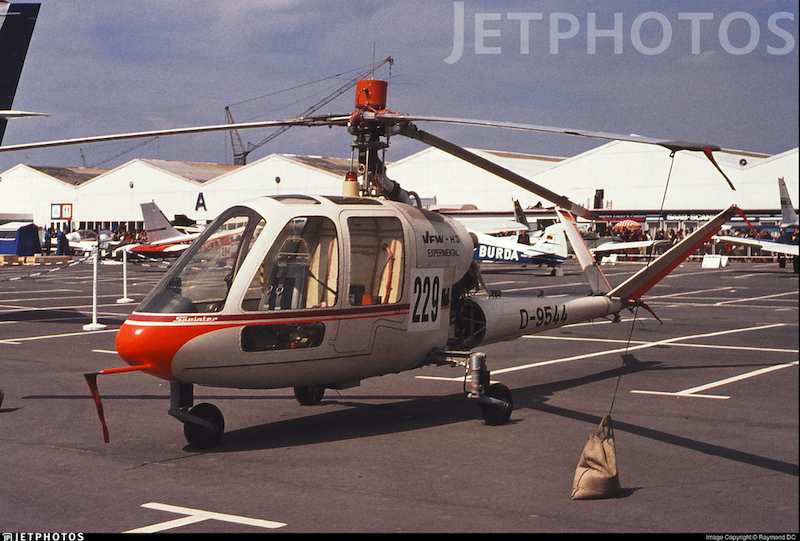
The Unique Sprint
The H3 Sprinter stood out from other rotorcraft of its era for several reasons, including its Tip-Jet Propulsion System, which gave the aircraft flexibility in terms of takeoff and landing. The Sprinter was not only impressive with its design but also for its multiple practical roles. Among these, there was executive transport, air ambulance, and even crop-dusting, thus highlighting its versatility. The H3 Sprinter was capable of rapid vertical ascents. It could reach heights of up to 85 meters (280 feet) in seconds, a feature impressive for an aircraft of its size and configuration.
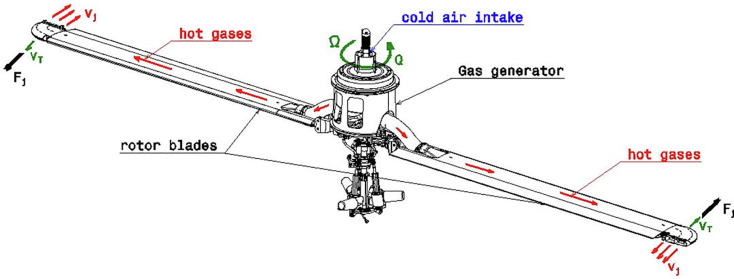
Challenges and Grounding
Despite its innovative design, the H3 Sprinter faced several challenges that ultimately led to its grounding. The tip-jet propulsion system, while conceptually promising, proved to be inefficient and impractical for long-term use. The high rotor overspeed that occurred during test flights presented safety concerns, which led to further development being scrapped. Although there were plans for an H4 version, they never came to fruition.
The Final Fate of H3 Sprinter
After its brief period of experimentation, the H3 Sprinter was grounded, and no further prototypes were built. One of the aircraft (D-9543) is currently on display at the Hubschraubermuseum Bückeburg in Germany, where it serves as a reminder of the ambitious but short-lived project. The other prototype, D-9544, is thought to be in private ownership.
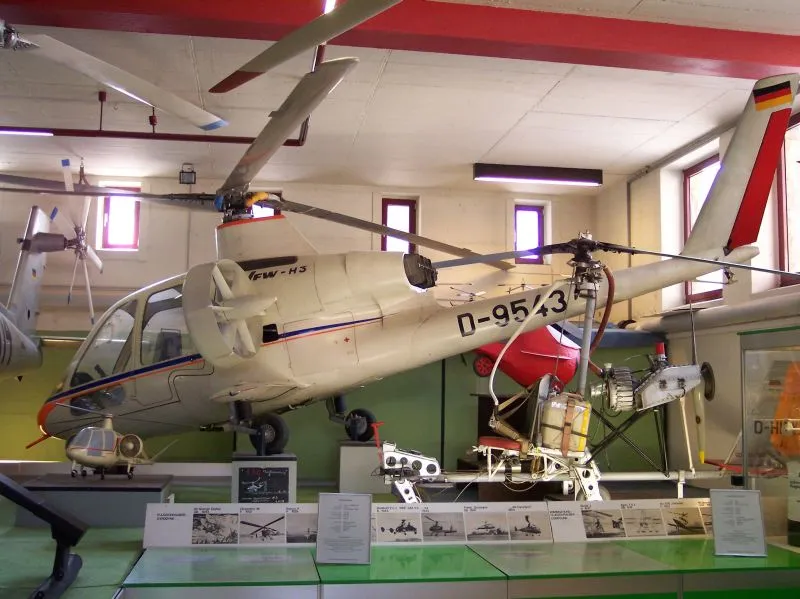
The VFW-Fokker H3 Sprinter remains a fascinating example of early rotorcraft innovation. It is still a remarkable technical marvel showcasing the potential of tip-jet propulsion and VTOL technology. H3 Sprinter never saw widespread use or production, but the data collected from its development contributed to the evolving field of rotorcraft engineering. Its legacy lives on as an experimental aircraft that dared to push the boundaries of what was possible in aviation at the time.
About this Series
Throughout aviation history, countless aircraft designs have sparked the imagination of engineers, pilots, and aviation enthusiasts. Many of these innovative concepts, however, never made it past the drawing board or prototype stage. “Grounded Dreams: The Story of Canceled Aircraft” delves into the fascinating world of these ambitious projects that, for various reasons, were never fully realized. From groundbreaking technological advancements to strategic missteps, this exploration uncovers the stories behind the aircraft that promised to revolutionize the skies but were ultimately grounded before they could take flight. Join us as we journey through the highs and lows of aviation history, spotlighting the aircraft that could have changed the course of aeronautical progress had their dreams not been deferred. Check our previous entries HERE.
Related Articles
"Haritima Maurya, pen name, ""Another Stardust,"" has been passionate about writing since her school days and later began sharing her work online in 2019. She was drawn to writing because of her love for reading, being starstruck by the art of expression and how someone can make you see and feel things exclusive to their experience. She wanted to be able to do that herself and share her mind with world cause she believes while we co exist in this beautiful world least we can do is share our little worlds within.
As a commercial pilot, Haritima balances her passion for aviation with her love for storytelling. She believes that, much like flying, writing offers a perspective beyond the ordinary, offering a bridge between individual experiences and collective understanding.
Through her work, ""Another Stardust"" aims to capture the nuances of life, giving voice to moments that resonate universally. "


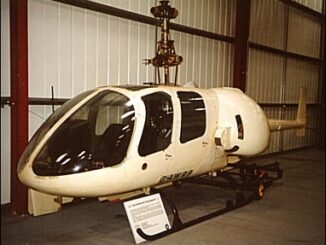
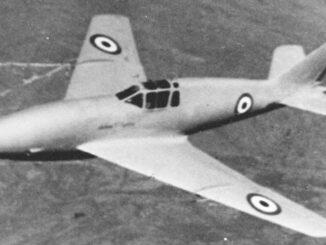


Be the first to comment
Graphic Design, Branding and Aviation Art